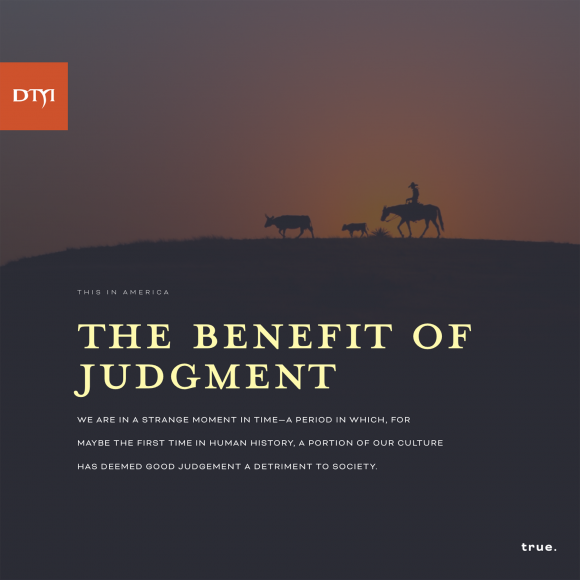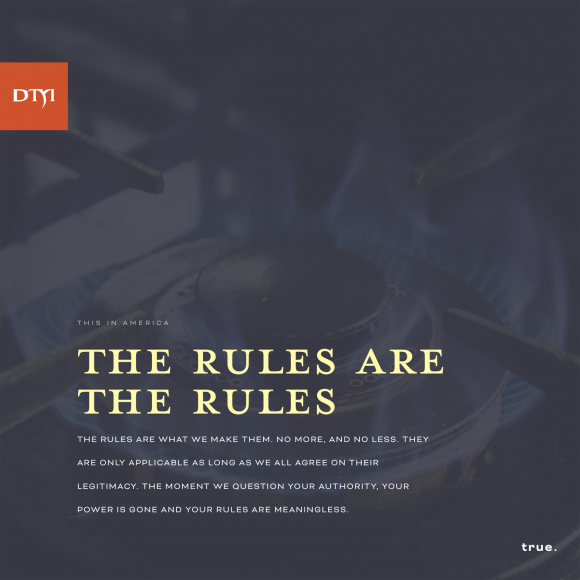One of the hardest things to endure when it comes to the global COVID-19 pandemic—for me at least—has been the lack of baseball. To those who are not fans of the game, or sports in general, this might seem callous or even downright offensive in light of the death and destruction that the coronavirus is leaving in its wake, and I’m not suggesting we should be doing anything differently at the moment. Just that I am missing a thing I really enjoy.
Baseball is known as much as a pastime as it is a sport. It’s a gentleman’s game, meant to be watched or listening to in the background—leisurely—during the day. Baseball has a certain rhythm that is conducive to warm summer days, gentle breezes and a light nap. The chatter lulls us to sleep and we are jolted awake, even if it’s only with one eye, by the excitement of the announcer. Your average game takes about three hours to play and at 162 regular season games, that’s nearly five hundred hours of two guys talking about almost anything but the action on the field of play. We get to know our announcers and find comfort in their ability to call a good game. They are part of the team. Our team.
One day we will look back on this time, even though we don’t yet know what our feelings will be. But at some point in the future, baseball will be played again, as it has since it began, and we will tune into hear our guys play a game in cathedral and bask in the warm glow of a game well-called. I don’t know much, but I do know that.
‘I see great things in baseball. It’s our game, the American game. It will repair our losses and be a blessing to us.’
– Annie Savoy misquoting Walt Whitman in Bull Durham
Baseball Slang
Baseball, maybe more than any sport, has it’s own language, speed and culture. As a student of the game, you might not even think of most of these terms as slang, let alone unusual, as they are part of the everyday conversation surrounding the game.
Ace: A team’s No. 1 starting pitcher.
Alley: The areas of the outfield between the outfielders.
Around the horn: A double play that begins with the third baseman and goes to second and then to first.
Backdoor slider: A pitch that appears to be out of the strike zone, but then breaks back over the plate.
Bad-ball hitter: A batter adept at hitting pitches outside the strike zone.
Bad hop: When a groundball unexpectedly makes a strange jump.
Bag: A base.
Baltimore chop: A ground ball that hits in front of or off of home plate and hops over the infielder’s head.
Bandbox: A small ballpark that is beneficial to hitters.
Bang-bang play: A play in which the baserunner hits the bag a split-second before or after the ball arrives.
Banjo hitter: A hitter who notches a lot of bloop hits without hard contact.
Basket catch: When a fielder catches a ball with his glove near his belt.
Batter’s eye: A solid-colored, uncluttered area beyond the center-field wall that is in the hitter’s line of sight when looking out at the pitcher.
Battery: A pitcher and catcher pairing (also, “batterymates”).
Beanball: A pitch that hits a batter in the head.
Bronx cheer: When the crowd boos.
Brushback: A pitch that nearly hits a batter.
Bonus Baby: A young player who received a large signing bonus when he became a pro.
Bush league: Amateur play or behavior.
Can of corn: A fly ball to the outfield that is easy to catch.
Catbird seat: When a team is in a desirable situation in a game.
Caught looking: When a batter is called out on strikes.
Caught napping: When a runner is picked off.
Cellar: Last place.
Chin music: A pitch that is high and inside.
Choke up: When a batter grips the bat handle higher to achieve greater control.
Circus catch: An outstanding catch by a fielder.
Cleanup hitter: The No. 4 hitter in a batting order, who conceivably has a lot of opportunities to hit with men on base.
Climbing the ladder: When a pitcher delivers a series of pitches out of the strike zone, each higher than the last, trying to get the batter to chase them.
Collar: When a hitter goes hitless in a game, he is said to have taken the “collar.”
Comebacker: A ball hit back to the pitcher.
Cookie: An easily hittable pitch.
Crooked number: A team’s inning run total greater than zero or one.
Cup of coffee: A short time spent by a Minor League player in the big leagues.
Curtain call: As in theater, when a player’s performance causes such excitement from the audience that he returns from the dugout to tip his cap or wave.
Cutoff man: A fielder who takes the incoming throw from an outfielder after a hit.
Cycle: When a batter hits a single, double, triple and homer in the same game.
Dead red: When a hitter is looking for a specific pitch, receives it and takes advantage of it.
Dinger: A home run.
Dish: Home plate.
Ducks on the pond: When two or three players are on base.
Eephus: A lobbed pitch with movement.
Excuse-me swing: When a batter inadvertently makes contact with a checked swing.
Fireman: A team’s closer or late-inning relief pitcher.
Five-tool player: A player who can do everything well — throw, run, field, hit for average and hit for power.
Four-bagger: A home run.
Free baseball: Extra innings.
Frozen rope: A hard-hit line drive.
Fungo: A ball hit to a fielder during practice. It’s hit by a coach using a fungo bat, which is longer and thinner than a normal bat.
Gap: Same as “alley.”
Gas: A high-velocity fastball.
Golden sombrero: When a player strikes out four times in a game.
Gopher ball: A pitch hit for a home run.
Green light: When a hitter is given the go-ahead to swing in a 3-0 count or a runner is given the go-ahead to try to steal a base.
Heat: Same as “gas.”
High and tight: Referring to a pitch that’s up in the strike zone and inside on a hitter. Also known as “up and in.”
High cheese: Also known as “high cheddar,” refers to a high (and often inside) fastball.
Hill: Pitcher’s mound.
Hook: When the manager changes pitchers.
Hot corner: Third base.
Hot Stove: The offseason, when speculation and rumors figuratively keep fans warm in the winter months.
In the hole: The batter after the on-deck hitter.
Jam: A hitter is “jammed” when the pitch is thrown near his hands, and a pitcher is in a “jam” when he allows a lot of baserunning traffic.
Junk: Pitches thrown with low velocity but lots of movement.
Knock: Another term for a hit.
Leather: The glove. When a player makes a great fielding play, he is said to have “flashed the leather.”
LOOGY: An acronym for “Lefty One Out GuY,” used to describe a left-handed relief specialist
Meatball: An easy pitch to hit, usually right down the middle of the plate.
Mendoza line: A batting average around .200, named after former Major Leaguer Mario Mendoza, who posted a .215 career average.
Moon shot: A long, high home run.
Nibble: When a pitcher throws a lot of pitches on the edges of the plate and strike zone.
No-no: A no-hitter.
Nubber: A batted ball off the end of the bat that does not travel very far.
Offspeed pitch: Any pitch thrown at a slower speed than a fastball.
On the screws: When a batter makes ideal contact.
Opposite field: The side of the outfield that is the opposite of the direction of the hitter’s natural swing (i.e., for a right-handed hitter, the opposite field is right field, because the swing is naturally directed to left).
Painting the black: When a pitcher throws the ball over the edge of the plate.
Payoff pitch: A pitch thrown with a full count.
Pea: A batted or thrown ball traveling at high speed.
Pennant: A league championship.
Pickle: A rundown.
Platoon: When two players share playing time at a particular position.
Plunked: When a batter is hit by a pitch.
Punch and Judy hitter: A hitter with no power.
Punchout: A strikeout.
Rhubarb: A fight or scuffle.
Rundown: When a baserunner gets caught between bases by the fielders.
Runners in scoring position: When there is a baserunner at second and/or third base, capable of scoring on a single.
Seeing-eye single: A soft ground ball that finds its way between fielders for a base hit.
Senior circuit: Nickname for the National League, as it is the older of the two leagues.
Shoestring catch: A running catch made near a fielder’s feet.
The Show: The Major Leagues.
Small ball: Advancing the runner one base at a time, often with a sacrifice fly or a bunt.
Snowman: When a team “hangs a snowman,” it has scored 8 runs in an inning (because the 8 resembles a snowman).
Southpaw: A left-handed pitcher.
Sweet spot: The part of the bat near the barrel where batted-ball contact causes minimal sensation in the hands.
Table setter: A batter whose job is to get on base for others to drive him in.
Tape-measure blast: An extremely long home run.
Tater: A home run.
Texas leaguer: A bloop hit that drops between an infielder and outfielder.
Three-bagger: A triple.
Three true outcomes: The three ways a plate appearance can end without fielders coming into play — walks, homers and strikeouts.
Tools of ignorance: Catcher’s equipment.
Twinbill: A doubleheader.
Twin killing: A double play.
Two-bagger: A double.
Ultimate grand slam: A game-ending grand slam hit when the hitter’s team is down by exactly three runs in the final inning of play.
Uncle Charlie: Curveball.
Utility player: A player who fills in at many positions.
Walk-off: A hit that ends a game.
Warning track power: When a hitter doesn’t have enough power to hit the ball over the wall.
Wheelhouse: A hitter’s power zone.
Wheels: A player’s legs.
Whiff: Strikeout.
Worm burner: A scorching groundball.
Yakker: Curveball.






